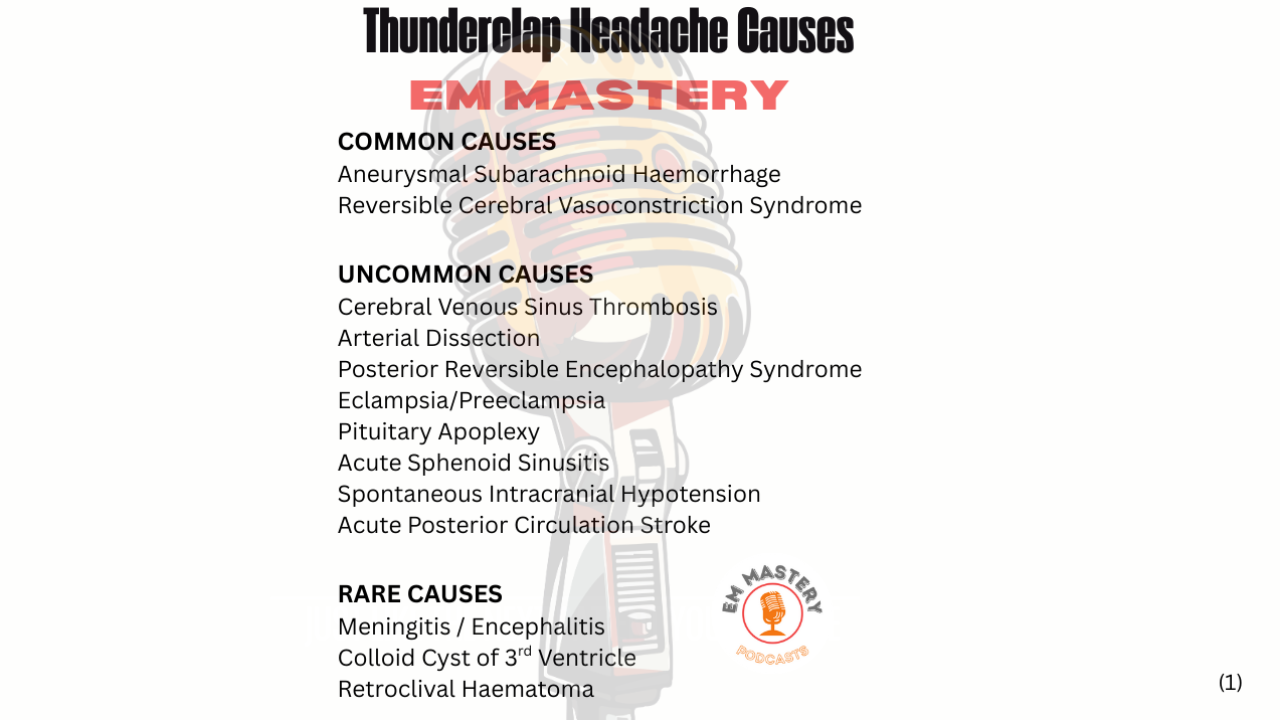
Does Paralysis-first in RSI, decrease first-pass failure rates?
Nov 22, 2024Bottom Line
In this large single-center retrospective study, there was a reduced risk of first pass failure when paralytic agents were used before induction agents.
The Study
Effect of administration sequence of induction agents on first-attempt failure during emergency intubation: A Bayesian analysis of a prospective cohort. Acad Emerg Med. 2024 Oct 18. doi: 10.1111/acem.15031. Epub ahead of print. PMID: 39425254
Background
Rapid Sequence intubation is associated with an up to 20% first-pass failure rate and failure of first pass success is associated with adverse events.
What They Did
The objective of the study was to assess the association of drug sequence order, ie., sedative-first vs paralytic-first, with the risk of first-attempt failure during emergency tracheal intubation. Drugs used were Etomidate and Rocuronium.
This was retrospective study using a single-center prospective cohort (2021 - 2024) at Hennepin County Medical Center, which included all patients undergoing orotracheal intubation in the emergency department.
N = 2216
The primary outcome was first-attempt failure.
The secondary outcome was peri-intubation hypoxemia (SpO2 < 90%).
Patients were included if they were undergoing orotracheal intubation in the ED.
Patients were excluded if:
- They had missing data on drug sequence order,
- They had acute encephalopathy leading to paralytic-only induction,
- Drugs were given by IM route
- Induction agents other than etomidate, ketamine, succinylcholine or rocuronium were used.
What They Found
Primary Outcome: A paralytic-first strategy was associated with reduced risk of first-attempt failure after adjustment, with an estimated OR of 0.73 (95% CrI 0.46–1.02).
Secondary Outcome: OR estimates for risk of hypoxemia during the procedure was 0.99 (0.78–1.22)
Discussion
This is a retrospective study at one centre, with a large sample. The results differ from previous studies (1) which may be a result of its retrospective nature resulting in data collection bias.
The first attempt failure, although associated with a potential for worse outcomes, is not the outcome measure I'm interested in. I want to know about clinical outcomes. Was there harm to the patient, when one strategy was used over the other? We don't know this. This study wont change my practice very much.
I tend to use Rocuronium almost exclusively as my paralytic agent. I use it at a higher dose of 1.2mg/kg, to ensure rapid onset. For the very sick patients, especially those that can't lie down due to rapid desaturation, I might use a 'sandwich' approach ie., a little Ketamine and then all the Rocuronium and a more Ketamine. In my mind this takes care of the 'awareness' issue, (although there is no significant finding of awareness if paralytics are given first (1)) and ensures early paralysis effect.
References
-
Driver BE, et al. Drug order in rapid sequence intubation. Acad Emerg Med. 2019;26(9):1014-1021.
Join Our Free email updates
Get breaking news articles right in your inbox. Never miss a new article.
We hate SPAM. We will never sell your information, for any reason.













